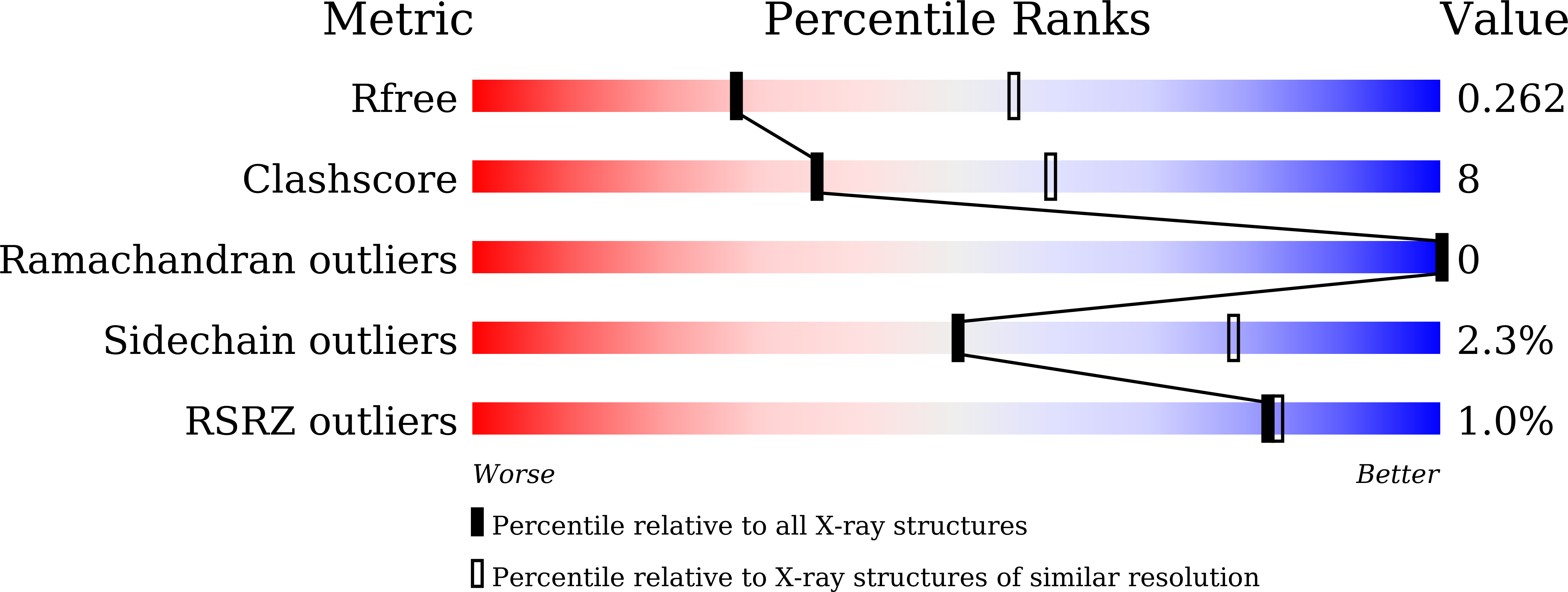
Deposition Date
2020-07-29
Release Date
2020-12-16
Last Version Date
2023-11-29
Entry Detail
PDB ID:
7CMW
Keywords:
Title:
Complex structure of PARP1 catalytic domain with pamiparib
Biological Source:
Source Organism:
Homo sapiens (Taxon ID: 9606)
Host Organism:
Method Details:
Experimental Method:
Resolution:
2.70 Å
R-Value Free:
0.25
R-Value Work:
0.20
R-Value Observed:
0.20
Space Group:
P 21 21 21


